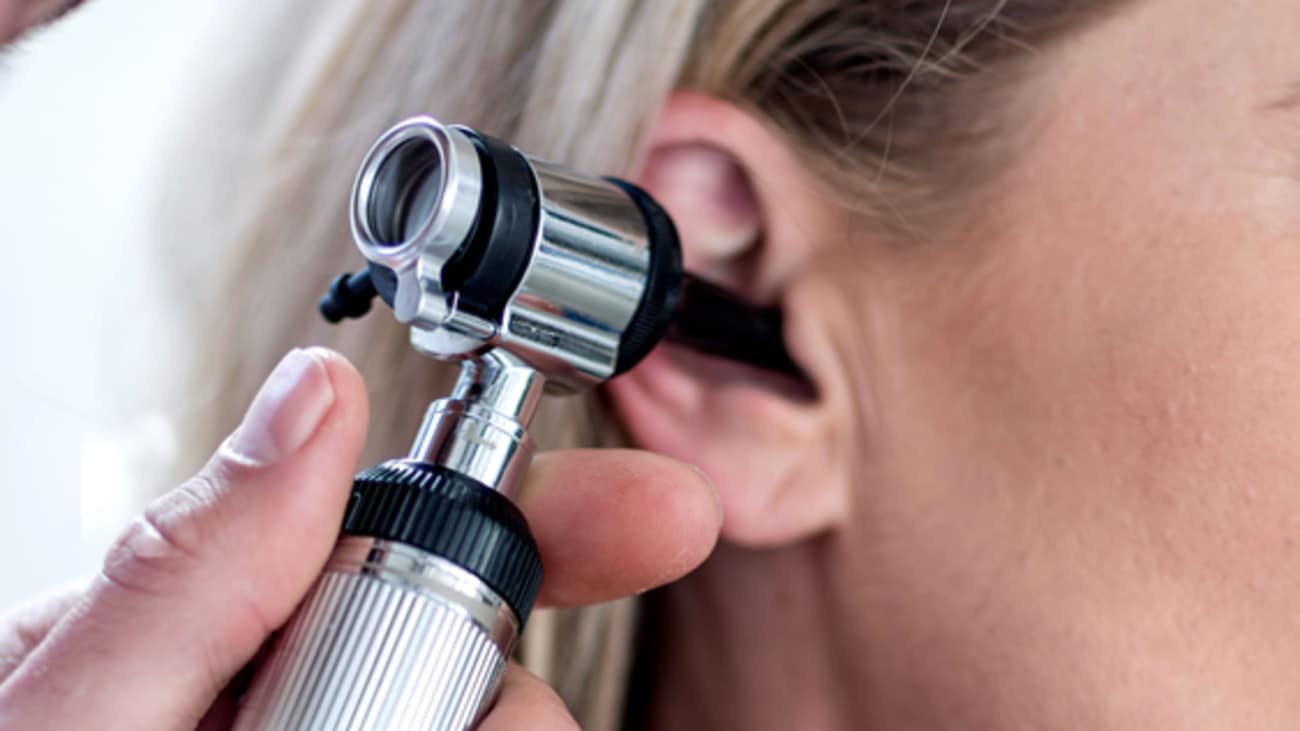

Unfortunately, these highly-specialized cells don’t naturally regenerate, so hearing loss is permanent. Research on inner ear hair cell regeneration has expanded recently and shows promise for future therapeutic options.
Researchers at the Eli and Edythe Broad Center for Regenerative Medicine and Stem Cell Research at Keck Medicine of USC are studying the embryonic development of the hair cells to better understand their failure to regenerate. A number of years ago, these researchers discovered that a latent potential for regeneration existed in newborn mice, not unlike that which exists in non-mammalian vertebrates like birds and reptiles, but that this latent potential is rapidly lost during mouse postnatal maturation. Their leading hypothesis to explain this loss is that epigenetic change (change to the structure of the DNA and its associated proteins) is responsible for blocking the future ability to regenerate. They are now investigating methods for manipulating the epigenetic state of these cells to allow regeneration to occur.
